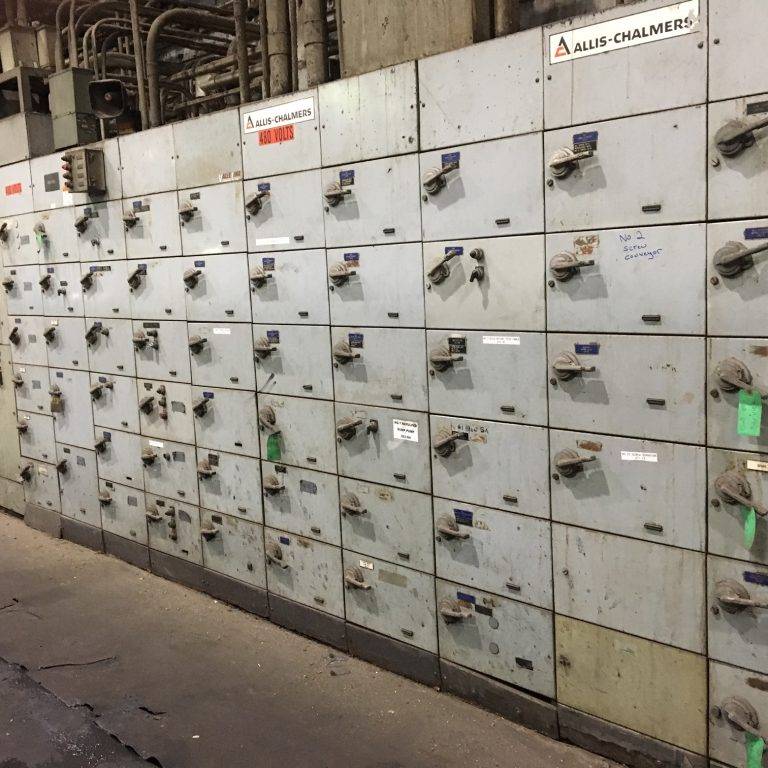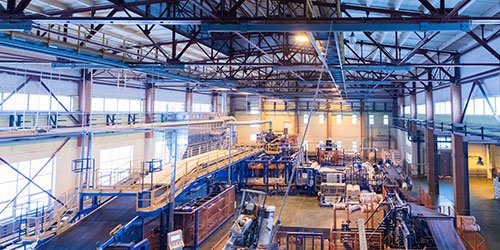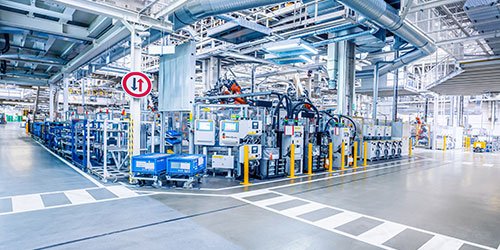Modernization through the Ashes
How one manufacturer responded to a catastrophic fire by beginning a journey of modernization to change the game.
No one expects to get the call that a manufacturing facility has fallen to a catastrophic fire and production will be shifted to the sister site. however, that is exactly what happened to a wood fiber manufacturer in Virginia.
Problem: Fire! this is not a drill
The facility had two operations producing product to meet market demands. At the main plant, a fire began in the kiln area of production due to several system failures in safety, control, and monitoring. After the fire was extinguished and leadership evaluated the business, a decision was made to move all operations to the sister site in Virginia. In that decision, the business landscape changed and production requirements were now intense.
At the Virginia site operations were already challenged to meet their existing market demands and doubling capacity simply was not obtainable. The infrastructure was approaching end of life and reliability was being tested daily at their current output. They needed a plan and they needed one fast.
Solution: Identify and address
One of the first areas they addressed was focused around modernizing the kiln process. With this being the source of the issue at the other site it was a consensus decision to begin in this area and immediately they moved into action to update the control system and integrate the process. Step one was successful, and they now had a safely functioning Kiln process. This didn’t address the requirement to increase production but that was on the horizon.
They faced a dilemma many manufacturers encounter as the infrastructure was 40+ years old and knowing where to begin seemed overwhelming. At this point they made the decision to partner with Electrical Equipment Company and their Solution Architecture team to map out a course of action together. This decision was grounded with a consultative approach which started by clarifying the big picture goals for the site. While this sounds like a simple and perhaps unnecessary step it is critical that when faced with a crisis to not only make decisions for the immediate need but to evaluate solutions completely so that you don’t miss the opportunity to engineer in capability and scalability for the future.
The big picture was clear – they needed to meet market demand by sole sourcing operations in the Virginia facility. With the big picture clearly defined the teams consulted together and determined that three core areas would need to be addressed from an infrastructure standpoint to achieve this goal:
- Medium Voltage Distribution Equipment Modernization
- Low Voltage Distribution Equipment Modernization
- Process control



Take time to study before action
Once they identified the major areas, they wanted to focus on the natural question that arises – where to begin? In these cases, the only way to determine which way to go begins with fully understanding the starting position. To achieve that a power study was conducted with a focus on understanding utilization and immediate areas of concern.
Capacity was in question and a study would help clarify this point. The study was performed and helped determine that capacity was sufficient and from a risk standpoint the low voltage motor control and associated PLC control were the highest level of concern. Pulling back even more layers of the onion revealed that the infeed portion of the process was identified and agreed upon as a key area to begin the modernization journey.
Expand and experiment with new technology
The next step in the process was to get a clear understanding of what technology should be considered for next phase of modernization. To accomplish this their team dedicated time at EECO’s Connected Power Lab in Raleigh to have the opportunity for hands on experience and learning. The focus was around low voltage motor control and how to utilize Ethernet/IP for command and control with their system. This was a new type of control design and having the ability to get “under the hood” raised their comfort level of this technology in a safe environment. Thru this process of discovery they were able to determine the types of enhancements that were important and that assisted in defining the project requirements of the infeed section.



The right partner has your best interest in mind
As the demonstrations were being conducted another wonderful benefit was developing. Both the end user and EECO were becoming unified in knowing what expectations were for a successful modernization project and system design requirements were outlined to ensure the desired functionality would be met. It was during this time that five intelligent motor control centers and the associated PLC system was designed collectively. This included a plan for integration that addressed key areas of the plant process to ensure desired functionality would be accomplished.
Once the initial phase of the project was complete, they were confident in their system and believed it could take them well into the future in terms of scalability and data needs. Establishing a partnership with a team that took a consultative approach was the key to success. To be successful in manufacturing a wise approach is to utilize the knowledge and resources that are available and truly form a partnership for success. By seeing the value in a consultative partnership with EECO they were able to design an effective modernization map and have a partner with them for each step of the journey. From the ashes this manufacturing hero overcame tremendous headwinds and are now plotting their own course to success.
Have an upcoming project and need guidance?
Schedule an appointment today and learn more about Intelligent MCCs









